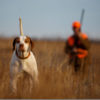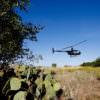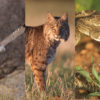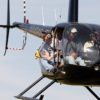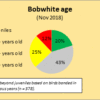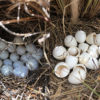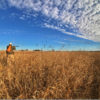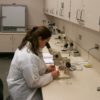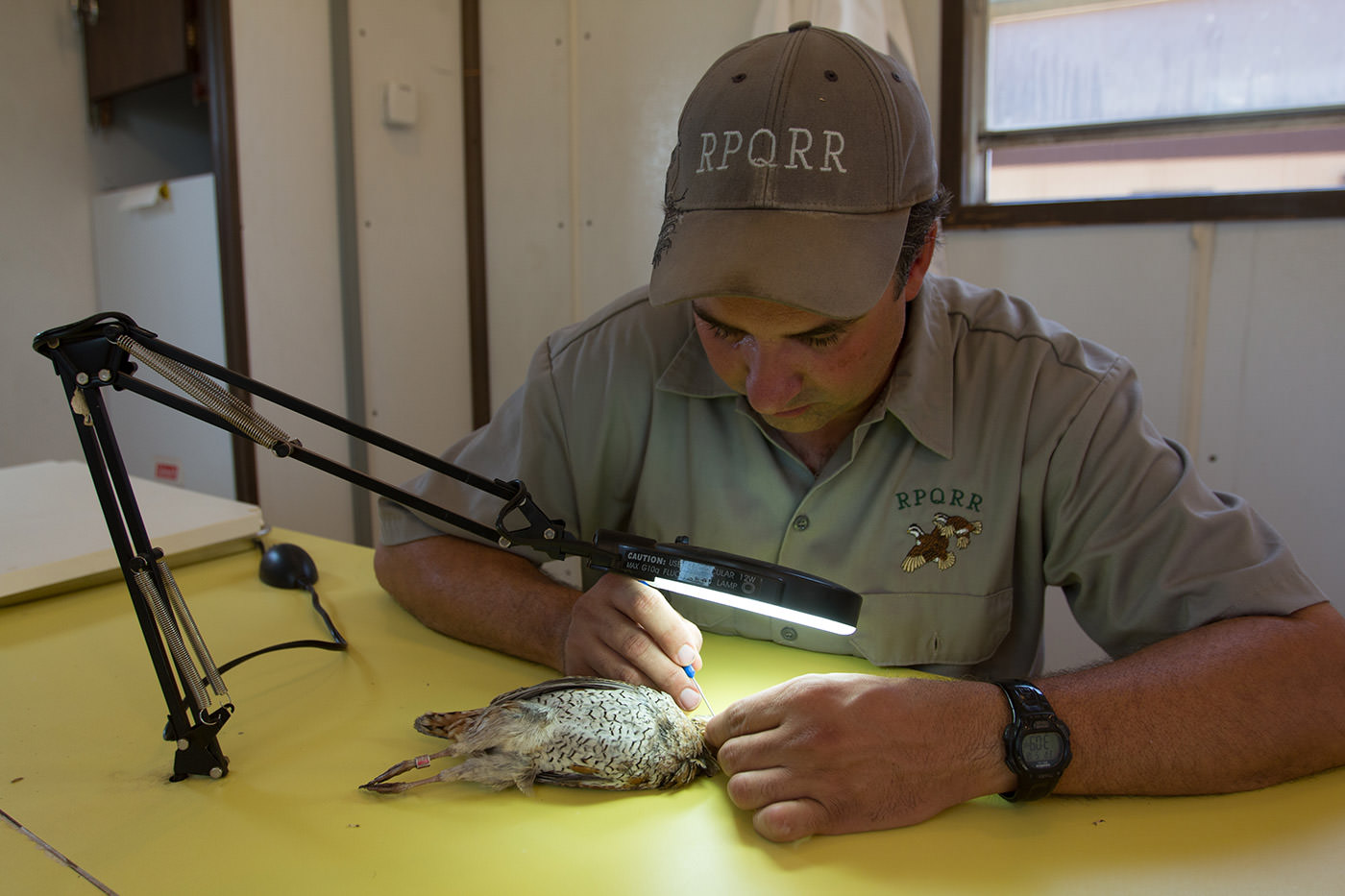
These frequently asked questions were gleaned from our Facebook page.
How do quail become infected with eyeworms? Quail must consume an infected “intermediate host” (e.g., grasshopper, cricket, cockroach). Once inside the quail’s crop, eyeworm larvae from the intermediate host escape, make their way into the esophagus, and move up to the lacrimal ducts, then migrate up into the eye. This process can occur in less than 30 minutes.
Are these eyeworms only in quail? No, they have been found in pheasants, lesser prairie chickens, mockingbirds, and several other species. Interestingly, we surveyed for their presence in wild turkeys on a site that had “high” infection rates of eyeworms. While the turkeys were eating arthropods (presumably infected with eyeworm larvae), only 1 of 104 turkeys had an eyeworm. Explain that discrepancy??
Is the eyeworm native to North America? Parasites aren’t typically classified as native or exotic. Skrjabin (1929) first characterized O. petrowi in Northeastern Europe, and early reports in the U.S. date back to the 1940s.
I’ve only heard of this in Texas—is it limited to there or does it occur elsewhere? While the Rolling Plains ecoregion of Texas appears to have the highest infection rates, we have also found them in bobwhites from AL, OK, and VA. They likely occur in KS and NE but we have not examined birds from those states.
Do eyeworms cause blindness in an infected quail? They can irritate (i.e., cause inflammation) to the optic nerve and associated glands situated behind the eyes. They can also produce scarring of the cornea. Such pathology likely affects the quail’s vision. Odds are it would be preyed upon before it became “blind.”
What percentage of bobwhites have eyeworms? Since we began studying them in 2009, we typically find that 50-60 percent of the bobwhites harbor eyeworms. Some sites have upwards of 80 percent infection. Infections in the Rolling Plains are about 8X greater than bobwhites from south Texas. Adult quail typically have greater infections than juvenile birds.
Is there any chance of the worms transferring to the bird dogs and harming them? No.
Are the birds okay for human consumption if they have eyeworms? Yes, no concerns for human consumption . . . most of us don’t eat the heads anyway!
How do I know if my quail have eyeworms?
For initial inspection in the field, see Joe Crafton’s technique:
Also watch this video:How to Search for Eyeworms in Quail
Be aware however that both of these techniques underestimate the number of eyeworms, as many (probably most) reside behind the eyeball itself. A complete dissection of the head is needed to get an accurate count.
So do you think eyeworms are worse now than in times past or is it just that we are aware that they exist now and know how to check for them? We’ve known about eyeworms since early 1960s in bobwhites; they were noted in pheasants in the Midwest earlier than that. Information about them in quail essentially lay “dormant” for the past 50 years, because most parasite studies don’t look at/in/around the eyes–looking typically in the GI tract. Our “Operation Idiopathic Decline” study (initiated in 2011; see video below) resulted in newfound interest in eyeworms.
Is there any credibility to the rumor that wild hogs assist in the spread of eyeworms? We are not aware of any connection/rumor of feral hogs being involved in transmission of eyeworms–We don’t see any connection between the 2.
What’s the answer? We are working with the Wildlife Toxicology Lab at Texas Tech to develop a medicated feed that will kill the eyeworms and cecal worms. Hope to have it commercially available in early 2019.


